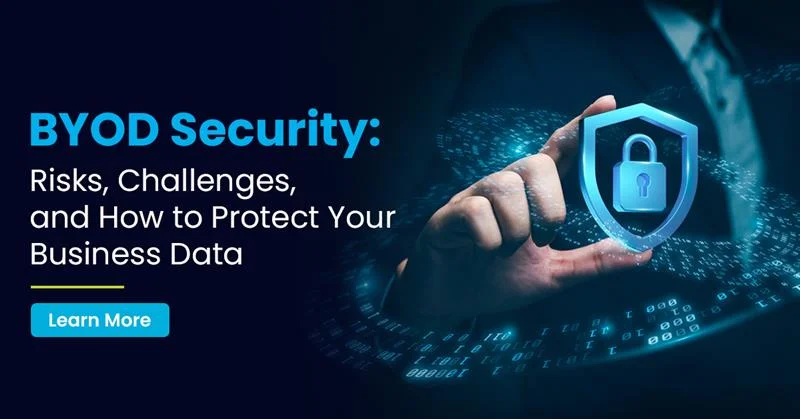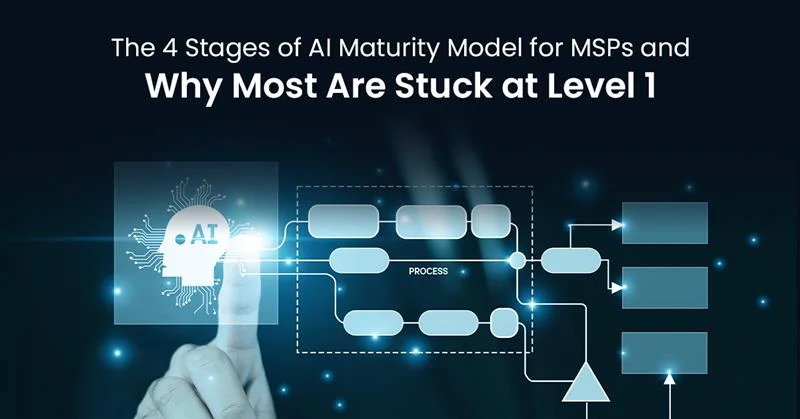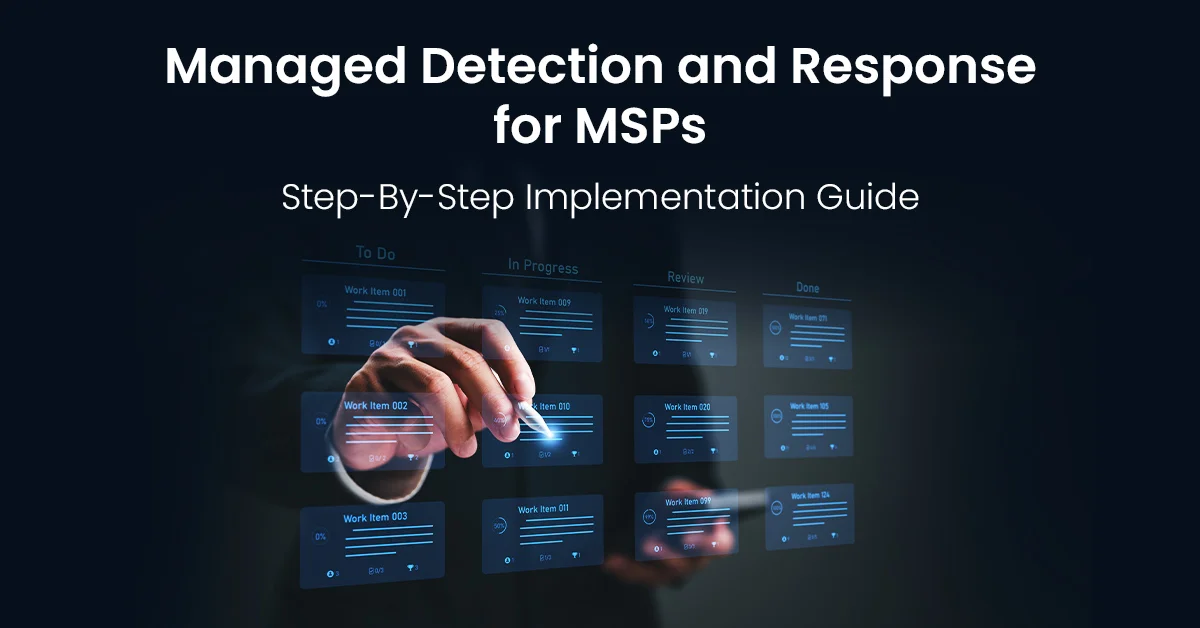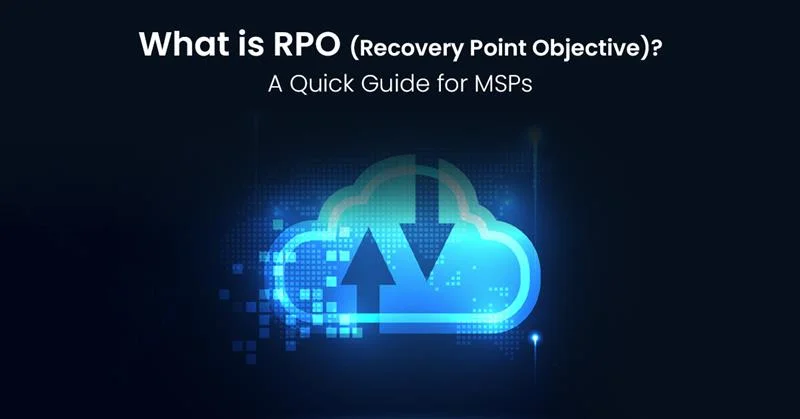BYOD isn’t just a workplace trend anymore – it’s a business reality. 83% of companies today already have some kind of BYOD policy in place, and that number keeps climbing. But here’s the problem: while everyone’s rushing to embrace personal devices at work, most organizations are walking into a security nightmare.
More than 90% of security incidents involving lost or stolen devices result in unauthorized data breaches. That’s not a typo. Your employee’s smartphone containing client data could be your next headline-making security incident.
What is BYOD? Understanding BYOD in Today’s Workplace
What is BYOD exactly? Bring Your Own Device means employees use their personal smartphones, tablets, and laptops for work purposes. Simple concept, complex security implications.
The BYOD meaning has evolved beyond just cost savings. 68% of organizations report improved employee productivity as a result of implementing BYOD policies. It’s become a competitive advantage for talent attraction and retention.
How BYOD Transforms Modern Business Operations
BYOD fundamentally changes how work gets done. Personal devices integrate with corporate networks, creating hybrid environmeznts where business and personal data coexist. 89% of employees would take a pay cut to use a device of their choosing – that’s how strongly people feel about their work tools.
The BYOD meaning extends to:
- Cost reduction: Companies save on hardware purchases and maintenance
- Employee satisfaction: Workers use familiar devices and preferred apps
- Productivity gains: Seamless integration between work and personal workflows
- Flexibility: Support for remote and hybrid work models
But with these benefits comes a fundamental security challenge that most organizations underestimate.
Critical BYOD Security Risks Every Business Must Address
BYOD security isn’t just an IT issue – it’s a business survival issue. The statistics paint a stark picture of what happens when personal devices meet corporate data without proper protection.
Data Breach Vulnerabilities in BYOD Environments
Over 60% of network breaches are due to lost or stolen devices. Think about that for a moment. Your biggest security risk might be sitting in your employee’s back pocket right now.
BYOD security risks include:
- Weak authentication on personal accounts that sync corporate data
- Malware infections spreading from personal usage to business systems
- Unencrypted data storage on devices that lack enterprise security controls
- Lost or stolen devices containing unprotected corporate information
- Shadow IT applications downloaded without IT approval or security vetting
- Outdated operating systems and security patches on employee-owned devices
- Public Wi-Fi connections exposing business data to man-in-the-middle attacks
- Unauthorized data sharing through personal cloud storage services
- Compromised personal accounts leading to business system breaches
- Mixed personal and business data creating compliance and legal complications
- Lack of remote wipe capabilities when employees leave the organization
- Insecure mobile applications with excessive permissions accessing corporate networks
- Jailbroken or rooted devices bypassing built-in security protections
- Insufficient endpoint detection and response monitoring on personal devices
71% of employees have sensitive work information on their personal devices, and 43% were targeted by work-related phishing attacks on those same devices.
Network Security Challenges with BYOD Implementation
Personal devices bypass traditional security perimeters. While your corporate firewall might be bulletproof, BYOD creates thousands of new entry points into your network.
BYOD security challenges multiply when you consider:
- Shadow IT proliferation: Employees installing unapproved apps that access corporate data
- Home network vulnerabilities: Personal devices connecting through unsecured Wi-Fi
- Cross-contamination risks: Personal malware affecting business applications
- Visibility gaps: IT teams can’t monitor or control personal device security
Why Every Organization Needs a Comprehensive BYOD Policy
Here’s where most companies get it wrong: they focus on the technology but ignore the policy framework. BYOD policy isn’t just a document – it’s your legal and operational foundation for managing personal devices in business environments.
67% of companies now operate formal BYOD policies, up from 51% in 2023. The companies without policies? They’re playing Russian roulette with their data.
Essential Components of Effective BYOD Policy Development
A strong BYOD policy addresses the uncomfortable questions upfront:
- Device eligibility: Which personal devices can access corporate resources?
- Security requirements: Minimum security standards for personal devices
- Data ownership: Who owns business data stored on personal devices?
- Privacy boundaries: How much control can IT exert over personal devices?
- Incident response: What happens when a personal device is compromised?
- Termination procedures: How do you wipe corporate data when employees leave?
Without clear BYOD policy guidelines, you’re asking for legal headaches and security disasters.
How BYOD Policy Reduces Security Risks and Legal Liability
Effective BYOD policy creates accountability and clear boundaries. It defines:
- Employee responsibilities for device security and data protection
- Company rights for remote access and data management
- Incident reporting requirements and breach notification procedures
- Compliance obligations for industry-specific regulations
37.9% of employees say their employer has nothing in place to secure business-user devices. Don’t be part of that statistic.
Best Practices for Implementing Strong BYOD Security
BYOD security requires a layered approach combining technology, policy, and user education. You can’t just install an app and call it secure.
Technical Controls for BYOD Security Management
Modern BYOD security starts with Mobile Device Management (MDM) solutions, but doesn’t end there:
Core Security Technologies:
- MDM platforms: Control device access and enforce security policies
- Encryption requirements: Protect data both at rest and in transit
- Multi-factor authentication: Verify user identity beyond passwords
- Application containerization: Separate business and personal data
- Remote wipe capabilities: Remove corporate data from lost devices
Advanced Protection Measures:
- Zero-trust network access: Verify every connection attempt
- Behavioral analytics: Detect unusual device or user activity
- Threat detection: Monitor for malware and suspicious applications
Creating a Culture of Security Awareness in BYOD Environments
Technology alone won’t save you. BYOD security success depends on changing user behavior and creating security-conscious employees.
Employee Education Elements:
- Regular training on BYOD security best practices and threats
- Simulated phishing exercises targeting personal devices
- Clear communication about acceptable use and security expectations
- Incident reporting procedures that employees follow
Ongoing Reinforcement:
- Security reminders integrated into daily workflows
- Recognition programs for security-conscious behavior
- Regular updates on new threats and protection methods
Measuring Success in BYOD Security Implementation
You can’t improve what you don’t measure. BYOD security requires continuous monitoring and optimization based on real performance data.
Key Performance Indicators for BYOD Policy Compliance
Effective monitoring requires both technical indicators and business impact measurements. Without proper metrics, you’re flying blind in an increasingly dangerous threat landscape. Track these critical BYOD security metrics:
Security Compliance Metrics:
- Policy adherence rates: Percentage of devices meeting security requirements
- Incident response time: How quickly you detect and respond to threats
- User training completion: Employee education program effectiveness
- Device vulnerability assessment: Regular security posture evaluation
Business Impact Measurements:
- Productivity improvements: Quantified benefits of BYOD adoption
- Cost savings: Hardware and support expense reductions
- Employee satisfaction: User experience and retention metrics
- Compliance status: Regulatory requirement adherence
64% of cybersecurity professionals cite data loss and leaks as their top concern related to BYOD adoption. Your metrics should address these specific risks.
Transform Your BYOD Security with IT By Design’s Advanced SOC Services
Implementing comprehensive BYOD security goes beyond basic policies and standard security tools. Today’s threat landscape demands 24/7 monitoring, advanced threat detection, and expert incident response capabilities that most organizations struggle to build internally.
IT By Design’s SOC Services provide enterprise-grade BYOD security management specifically designed for complex, multi-device environments:
Why Choose IT By Design for BYOD Protection:
- Real-time monitoring: Advanced threat detection across all BYOD devices
- Expert incident response: Rapid containment and recovery procedures
- Policy integration: BYOD policy alignment with technical security controls
- Compliance support: Meet regulatory requirements across industries
- Scalable solutions: Grow your BYOD security as your organization expands
Don’t let BYOD become your biggest vulnerability. Partner with IT By Design’s SOC Services and transform your personal device security from a risk into a competitive advantage.
Frequently Asked Questions
Q: What does BYOD mean and why should I care?
A: BYOD means Bring Your Own Device – it creates security challenges that need proper management.
Q: What are the biggest BYOD security risks?
A: Data breaches from lost devices, malware infections, and unauthorized access to corporate systems.
Q: How much should I budget for BYOD security?
A: Typically $50 to $200 per device annually, including tools, licensing, and management costs.
Q: Can small businesses implement secure BYOD?
A: Yes, cloud-based solutions make enterprise-grade BYOD security accessible for all business sizes.
Q: What’s the difference between BYOD policy and security technology?
A: BYOD policy sets rules and procedures, while technology enforces compliance with those policies.
Q: How often should I update my BYOD policy?
A: Review quarterly and update whenever facing new threats or business changes.








